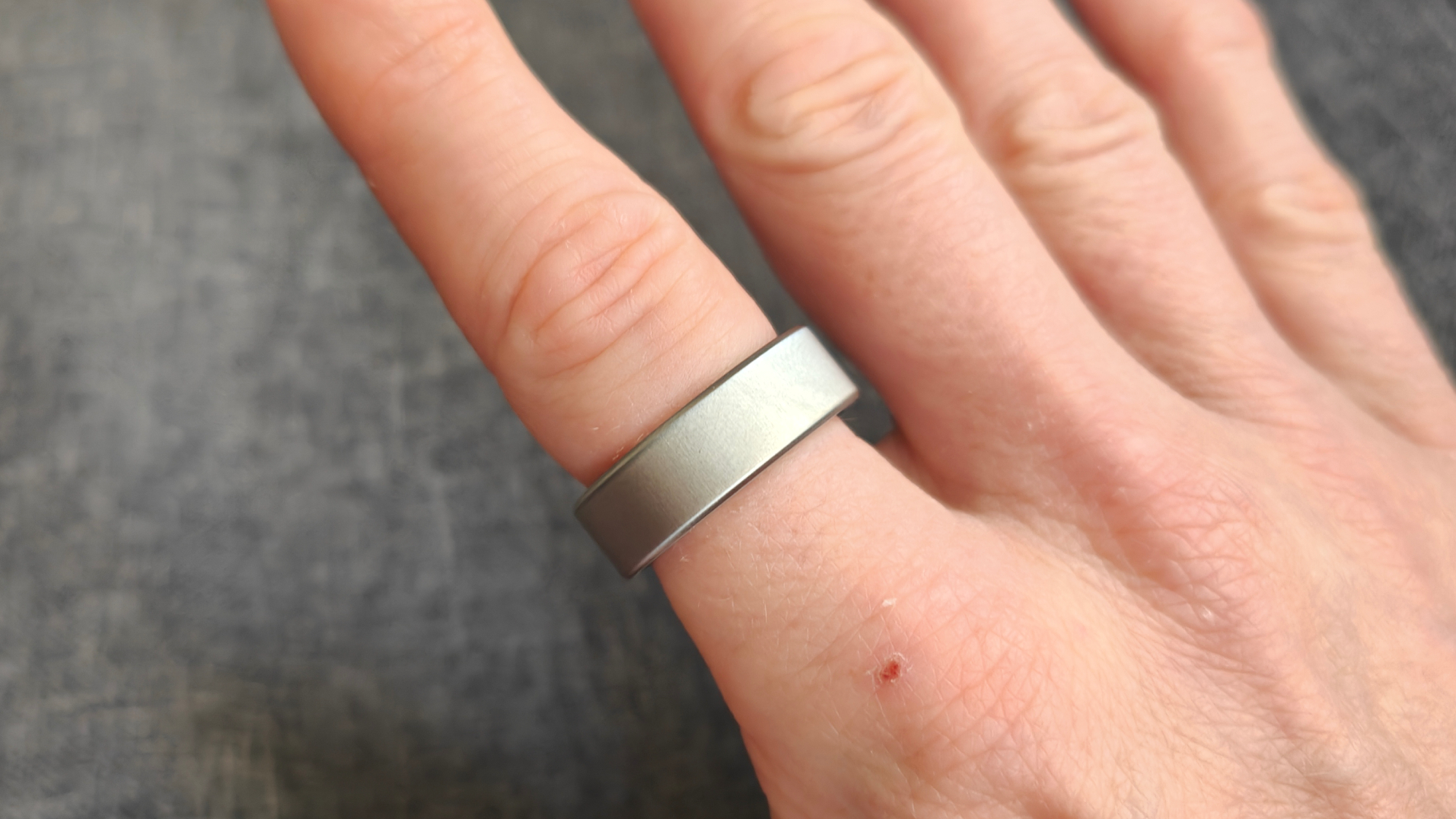TechRadar Verdict
Gorgeously designed, easy to wear, long-lasting and full of granular health information, the Oura Ring 4 is nearly the perfect fitness tracker. I loved using it, and will continue to do so: however, the ongoing subscription brings down its prospect as a good-value package.
Pros
- +
Simple, elegant design
- +
Wealth of granular health info
- +
Easy to wear, use and navigate
Cons
- -
Ongoing, necessary subscription
- -
Ring can get scratched easily
Why you can trust TechRadar
Oura Ring 4: One minute review
The Oura Ring Generation 4 is better than the Samsung Galaxy Ring – provided, that is, you subscribe to the $5.99-a-month Oura Ring membership program. It’s more comfortable thanks to the lack of nodules, it’s got theoretically better heart rate, blood oxygen and skin temperature recognition thanks to the way its sensors are designed, an AI ‘Oura Advisor’ service, sophisticated women’s health tracking insights, ‘stress’ and ‘resilience’ metrics along with all the features available on the app to previous-gen Oura Ring users.
It’s a wonderfully-designed Ring, supremely comfortable to wear at night thanks to the lack of protruding inner nodes, easy on the eye, and available in six metallic finishes, all externals comprised of tough titanium. The redesigned app is great, providing detail and context missing in other smart rings with the use of timelines and easy-to-add ‘tags’. Battery life is good, with the Oura Ring matching expectations and lasting around six days as advertised with multiple workouts.
Automatic workout tracking also works terrifically, and is now able to be used for more than walking and running. The ring is able to correctly identify up to 40 different workout profiles, and I really enjoyed this aspect: it correctly identified running and yoga after I listed them as two of my most common workout types. I tried one of the guided meditations from the app’s Explore content section and felt as though it was comparable to other mindfulness services, like the Calm app. It really does feel like a futuristic wearable in every respect, from its design to its performance.
However, it’s also pricier than its contemporaries. The Samsung Galaxy Ring and Ultrahuman Ring Air are expensive wearables, but once you buy them, that’s it. The Oura Ring is also a premium device, starting at $349 / £349 (Australia pricing is TBC) with the added subscription acting as a paywall to access almost all features other than your Readiness, Activity and Sleep scores. I can understand a premium device demanding a premium price (I recently gave the pricey Garmin Fenix 8 a coveted five-star rating) but the ongoing nature of the subscription means the Oura Ring does lose half a point in the value stakes.
Garmin also continues to add new features to its devices via software on a regular basis, just like Oura. Unfortunately, Oura makes you pay for these, and only gives you a one-month free trial; comparable services, like Fitbit Premium, often give you six months free as an incentive to sign up. That said, it’s a really excellent service, and I can’t recommend it enough – if you can afford it. If you’re on a budget, though, rival smart rings offer almost as much versatility in a better-value package.
Oura Ring 4: Price and availability
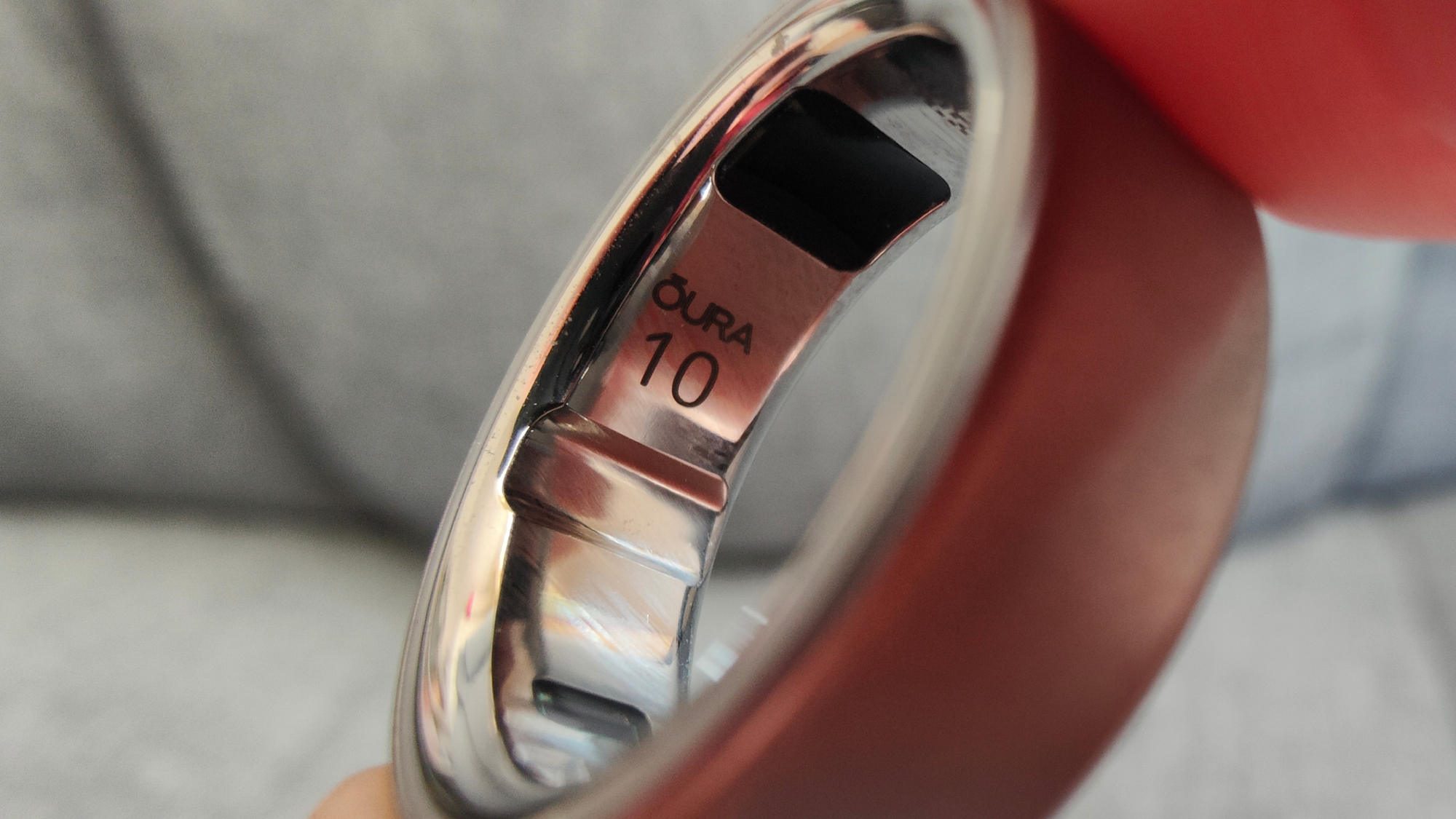
- $349 / £349, with Australia prices TBC
- $5.99 subscription (priced in USD across all regions)
- Some colors incur an additional cost
As previously stated, the Oura Ring 4 starts at $349 / £349, with Australia pricing TBC as it’s currently unavailable in that region. Some designs and colorways cost more, with Rose Gold being the most expensive at $499 / £499.
The Oura Ring Membership, which is required if you want to unlock the ring’s full potential, costs $5.99; you get one month free when you purchase the ring. As mentioned above, If you’re going to buy the ring, you really have to subscribe to see its full potential.
The Oura Ring’s closest rival, the Samsung Galaxy Ring, costs $399 / £399 (around AU$750). That’s $50 / £50 than the base-model Oura Ring, but with no subscription attached, and other smart rings tend to hover around this price or cheaper. I don’t think the subscription is poorly priced, but as with a Whoop or a Fitbit, it smarts to pay a premium for the device, only to then have to keep paying in order to access your own data.
- Value score: 3/5
Oura Ring 4: Design
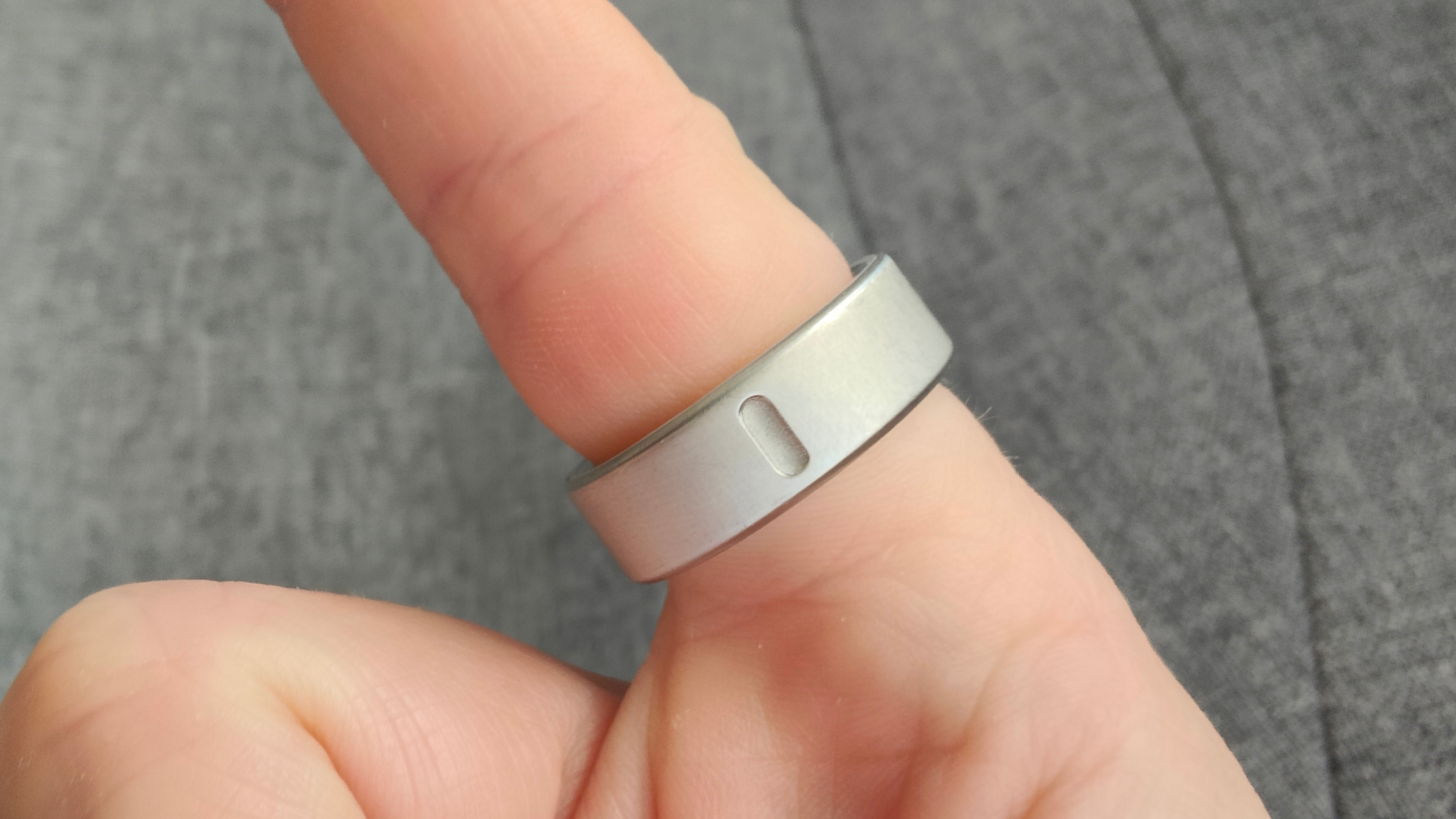
- Simple and elegant
- More comfortable than the Generation 3
- Redesigned app
The Oura Ring 4 is beautifully designed, and makes several leaps forward ahead of its competitors. All colorways are made of titanium now, with options of Black, Silver, Brushed Silver, Gold, Stealth (gray) and Rose Gold available. A notch on the underside of the ring shows which orientation it should be worn in.
It doesn’t have the concave design of the Samsung Galaxy Ring to protect its surface: its body is more of a traditional ‘straight’ wedding ring design. It’s tough, and should withstand a bit of beating up, but if you care about the look of your ring you will want to go careful. After a week of wear I can see some very light scratching on the surface of my Brushed Silver model, and I’m certainly too nervous to wear it to the gym without gloves.
However, the important changes here are on the underside of the ring. Gone are those skin-contact nodes, and in their place are flat sensors. These sensors are, Oura says, better at detecting signals than those on the previous models, and the ring can now be twisted 30 degrees in any direction and still take an accurate sensor reading thanks to the option of new pathways for the LED’s signals to travel. The other upside of the ring’s lack of three-dimensional nodes is that it’s more comfortable than ever to wear, especially for sleeping. It’s quite thick for a ring (but not for a smart ring, I suppose) but unlike even the best smartwatch it can be worn either to bed or during the day, and in either case you could genuinely forget you’re wearing it.
The Ring now has more sizing variety than ever, ranging from sizes 4 to 15. The larger sizes offer slightly longer battery life, up to eight days in comparison to the old Oura Ring’s maximum of seven. Of course, it also means those with slender fingers and thicker fingers can get an Oura Ring too.
The app has also seen a comprehensive redesign. Following the lead of Fitbit Premium, all content is organized across three tabs (Today, Vitals and My Health), with additional granular features available via a drop-down menu at the top-left of the screen. It’s simple and intuitive to navigate, showing your scores at the top of the page and providing options to break each one down into more detail if you want to. It’s really intuitive to use, and a logical progression from the old app.
- Design score: 5/5
Oura Ring 4: Features

- Sleep, Activity and Readiness scores
- Underpinned by other metrics such as Resilience
- AI health tool
There’s a whole bunch to talk about here. The Oura Ring 4 goes some way towards making itself a real fitness tracker, rather than a passive health monitor, by automatically detecting up to 40 kinds of workouts. It still doesn’t have onboard GPS (understandably, as it’s tiny) but it can crib from your phone’s GPS if you enable location settings.
The three main scores are Sleep, Activity, and Readiness, and each one can be broken down into an inordinate amount of granular detail. Activity, for example, can be broken down into separate factors such as ‘move every hour’, ‘meet daily calorie goals’, ‘training frequency’ and so on. The Timeline, a feature unique to Oura as far as I know, allows you to add context to binary data by adding tags at certain points like ‘alcohol’ or ‘yoga’ or ‘grief’. If a tag doesn’t suit your needs, you can save your own note, which creates a comprehensive health journal, and a better reason to scroll back through the app.
You can identify trends using specific information, such as deep-sleep states or heart-rate variability over a year. Other interesting metrics include Resilience, which details how well you respond to sources of stress, and Cardiovascular Age, to identify how healthy your heart might be. If you’re 32 and you have the heart of a 25-year-old, it’s likely that you’re doing pretty well. If you have a 45-year-old heart? You might want to do a bit more cardio.
Elsewhere, the app packs an AI health tool called Oura Advisor under the beta-testing program, Oura Labs. Asking this AI questions like “How can I improve my running speed?” offers good (if generic) advice, and responds to follow-up questions. Women’s Health tracking is reportedly detailed and accurate (although, of course, I haven’t tested this particular feature myself). All this builds on an absolute ton of app-based features that were already available in previous versions, ready for health nerds to dive into. Full marks.
- Features score: 5/5
Oura Ring 4: Performance
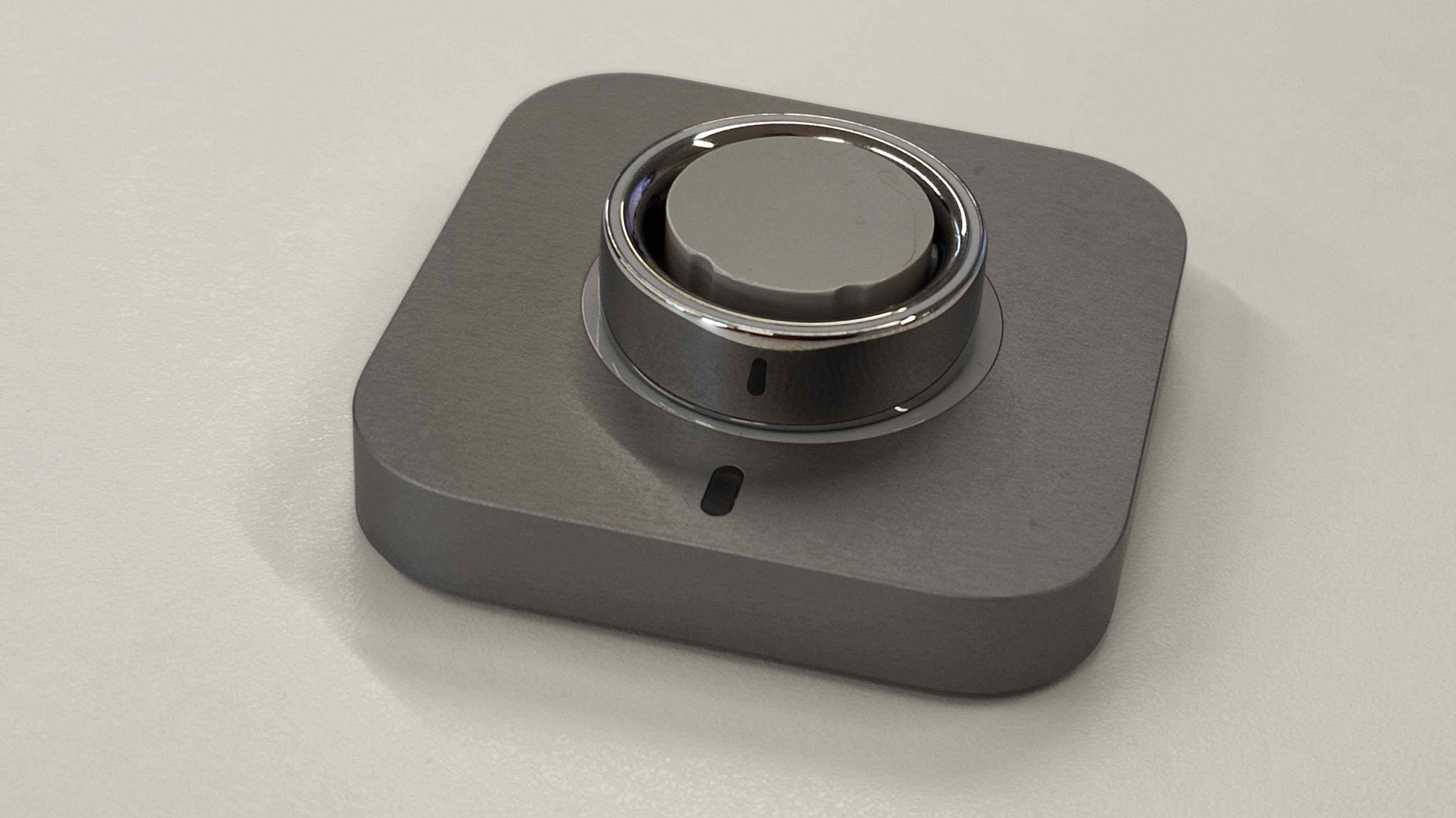
- Battery performs as described
- Metrics are interesting and easy to navigate
- Automatic workout tracking is responsive
I really enjoyed using the Oura Ring 4. I drained its battery down, which for my Size 10 ring took five and a half days of constant use, including several workouts. It was comfortable to wear, and I only took it off a handful of times, such as when doing the washing up. The Ring picked up two separate runs automatically, and offered comparable stats to my smartwatch, minus the more specific stride and cadence information I get from Coros.
Sleep tracking was highly accurate: Oura boasts some of the best sleep tracking in the business, said to be comparable to a professional polysomnography machine, and it didn’t disappoint. It clocked a night of ‘fair’ sleep when my wife and I stayed with a friend, including the correct periods of wakefulness and an accurate wake-up time, rising to ‘good’ when I was back in my own bed the following evening. I added a ‘stay elsewhere’ tag to that night on my Timeline, and I can reuse that tag whenever I sleep in a bed that’s not my own from now on.

The metrics I received were interesting and easy to navigate (however, they are orientated for long-term use, so Oura is still calculating things like my Cardiovascular Age as it requires around two weeks of use to do so), and the in-app meditation content was more or less comparable to alternatives such as Calm. I completed several different sessions, and enjoyed the experience both times.
- Performance score: 5/5
Oura Ring 4: Scorecard
| Category | Comment | Score |
|---|---|---|
| Value | Premium, with an ongoing expense that can't be ignored. | 3/5 |
| Design | Superb, from the build quality to the app. | 5/5 |
| Features | Comprehensive, with lots of excellent health applications | 5/5 |
| Performance | Accurate, long lasting and a pleasure to use. | 5/5 |
Oura Ring 4: Should I buy?
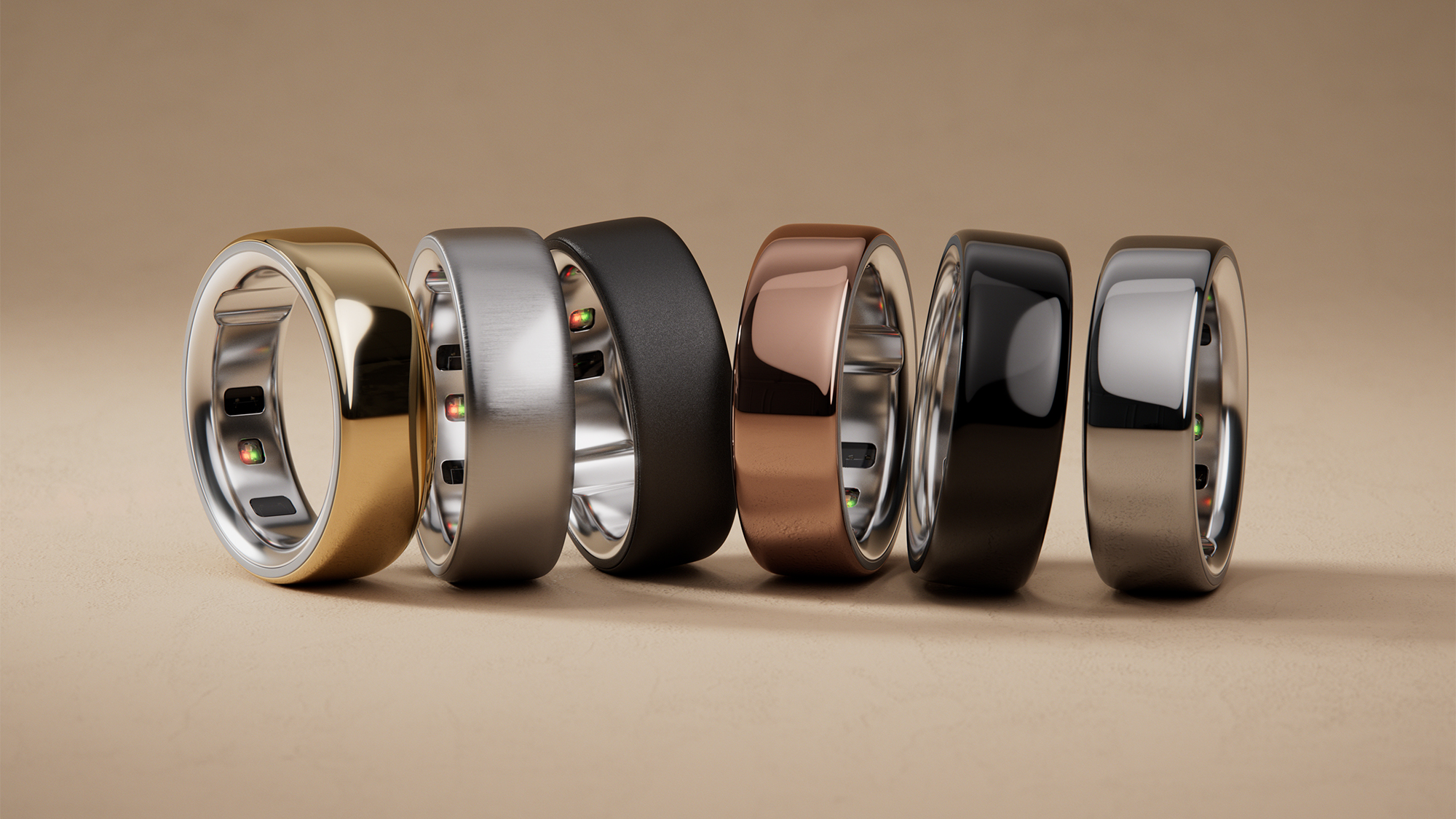
Buy it if...
You’re excited about wellness
Data nerds are going to love the depth they can go into with this tiny device.
You want to track sleep
Oura’s sleep-data harvesting is pretty much the gold standard.
You hate smartwatches
This is the device to replace your smartwatch while you wear a snappy analog number.
Don't buy it if...
You’re on a budget
Oura’s ongoing subscription is essential, making its already-premium price a bit of a slap in the face.
You need GPS
Need dedicated GPS data for outdoor sports? Save your cash and get a good running watch.
You like staying connected
Want a wearable for maps, checking Whatsapp messages, and taking calls? Smart rings aren’t for you.
Also consider
| Component | Oura Ring 4 | Samsung Galaxy Ring |
| Price | From $349 / £349 / Around AU$650 | $399 / £399 / around AU$750 (AU prices TBC) |
| Colors | Black, Silver, Brushed Silver, Gold, Stealth, Rose Gold | Black, Titanium Gold, Titanium Silver |
| Material | Titanium | Titanium |
| Weight | Between 3.3 (size 4) and 5.2g (size 15) | 2.3g (size 5) 3.0g (size 13) |
| Battery life | Up to 8 days | Up to 7 days (ring), up to 6 charges (cradle) |
| Connectivity | Bluetooth | Bluetooth 5.4 |
| Sensor array | Smart Sensing array | PPG, accelerometer, skin temperature |
| Water resistance | 10ATM | 10ATM |
| GPS? | No | No |
How I tested
I wore the Oura Ring for a week, draining the battery down completely and sleeping with it every night. I went on several runs, comparing its health stats to those from a Coros smartwatch, and tried some of its in-app meditation content. I tested Oura’s Health Advisor service, the Timeline functionality, and dove into the app as much as possible.

Matt is TechRadar's expert on all things fitness, wellness and wearable tech.
A former staffer at Men's Health, he holds a Master's Degree in journalism from Cardiff and has written for brands like Runner's World, Women's Health, Men's Fitness, LiveScience and Fit&Well on everything fitness tech, exercise, nutrition and mental wellbeing.
Matt's a keen runner, ex-kickboxer, not averse to the odd yoga flow, and insists everyone should stretch every morning. When he’s not training or writing about health and fitness, he can be found reading doorstop-thick fantasy books with lots of fictional maps in them.
